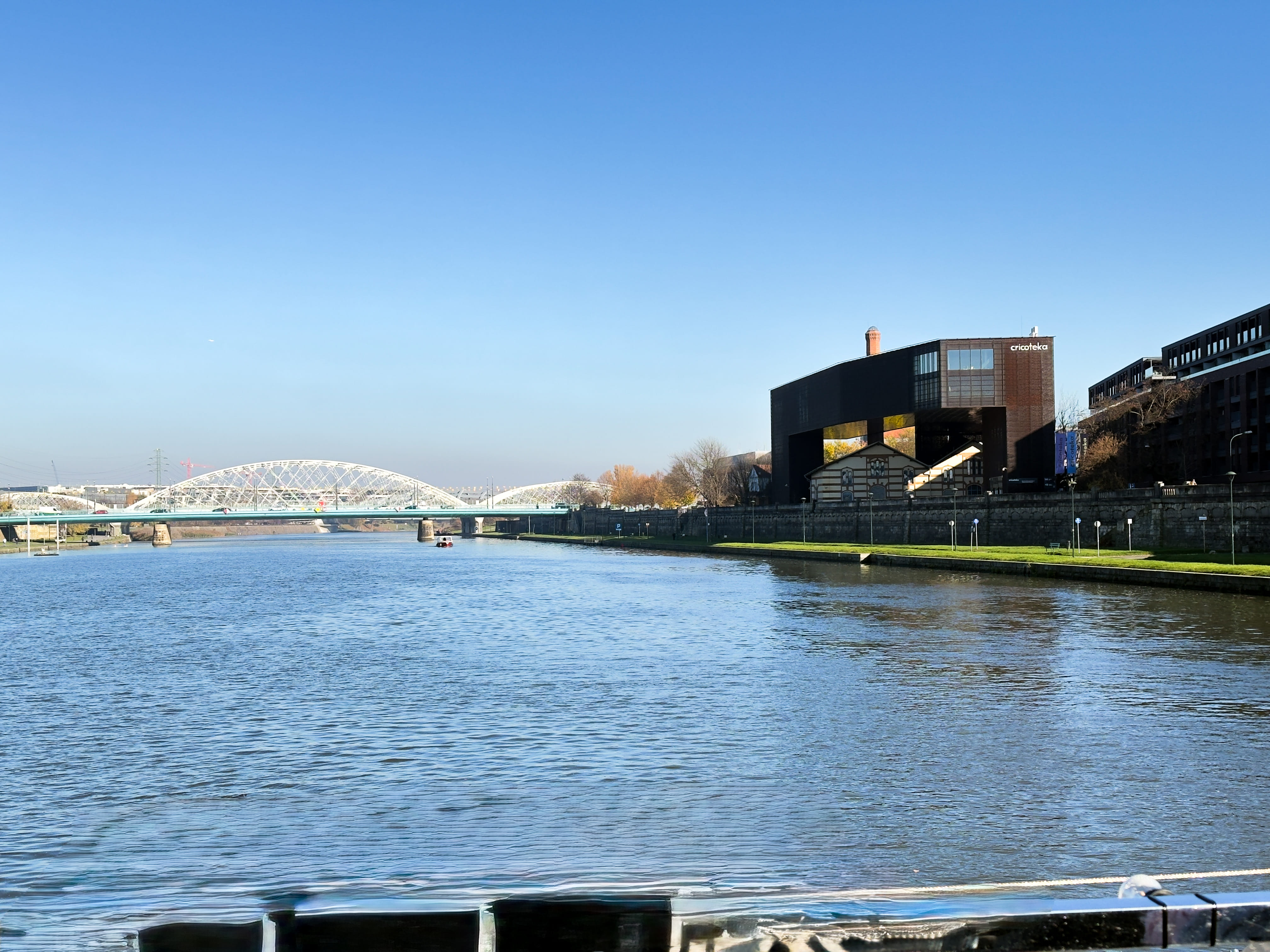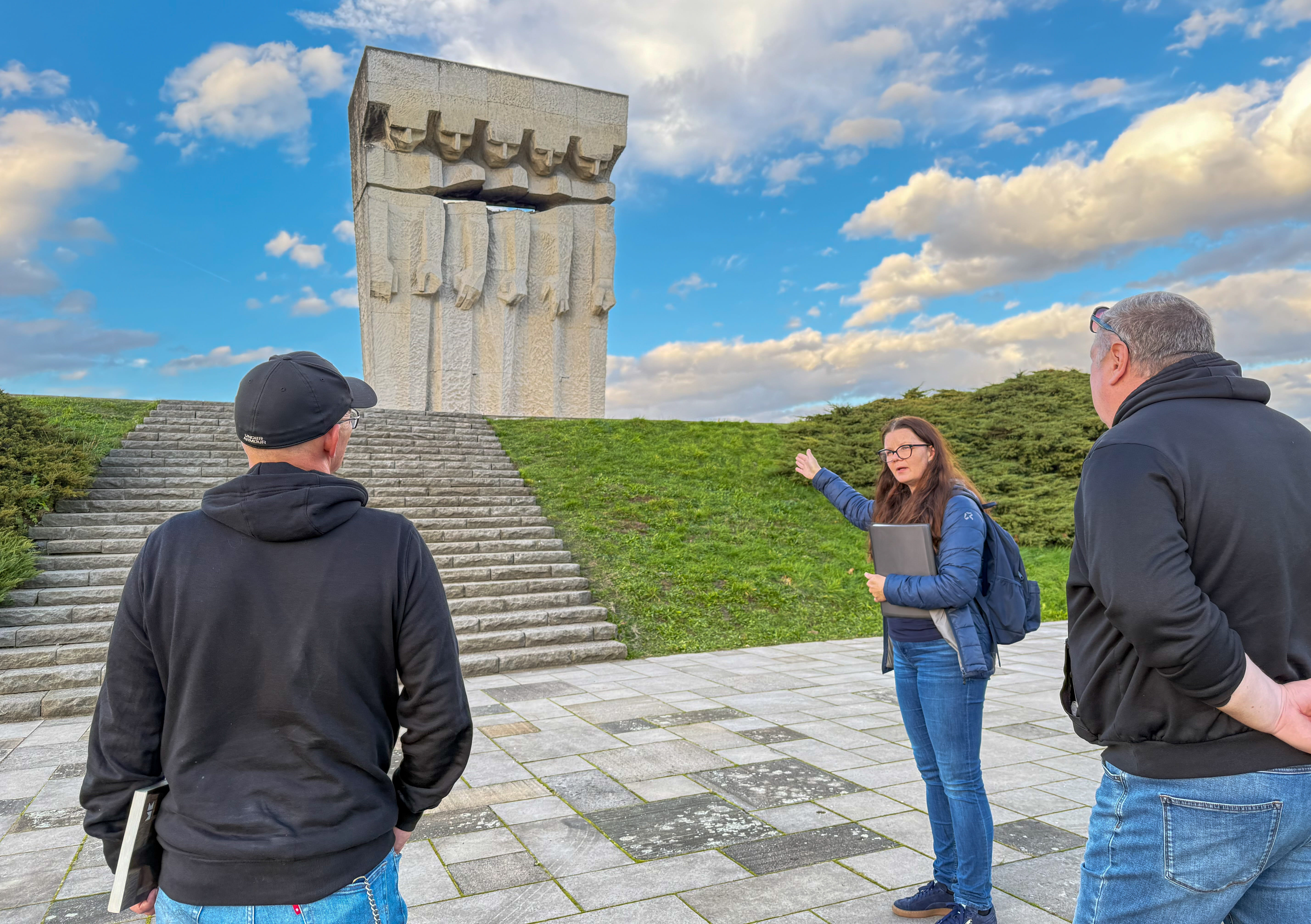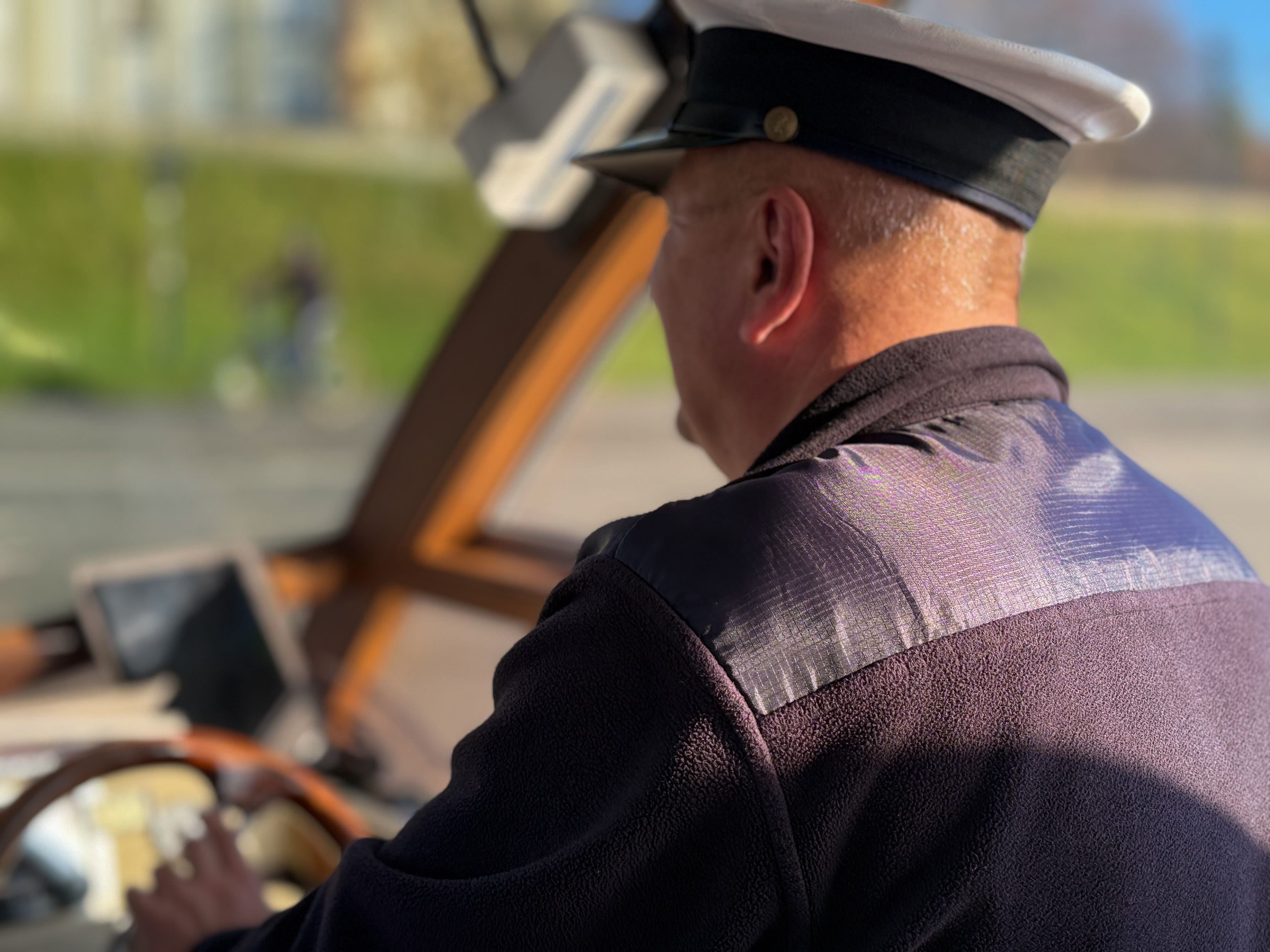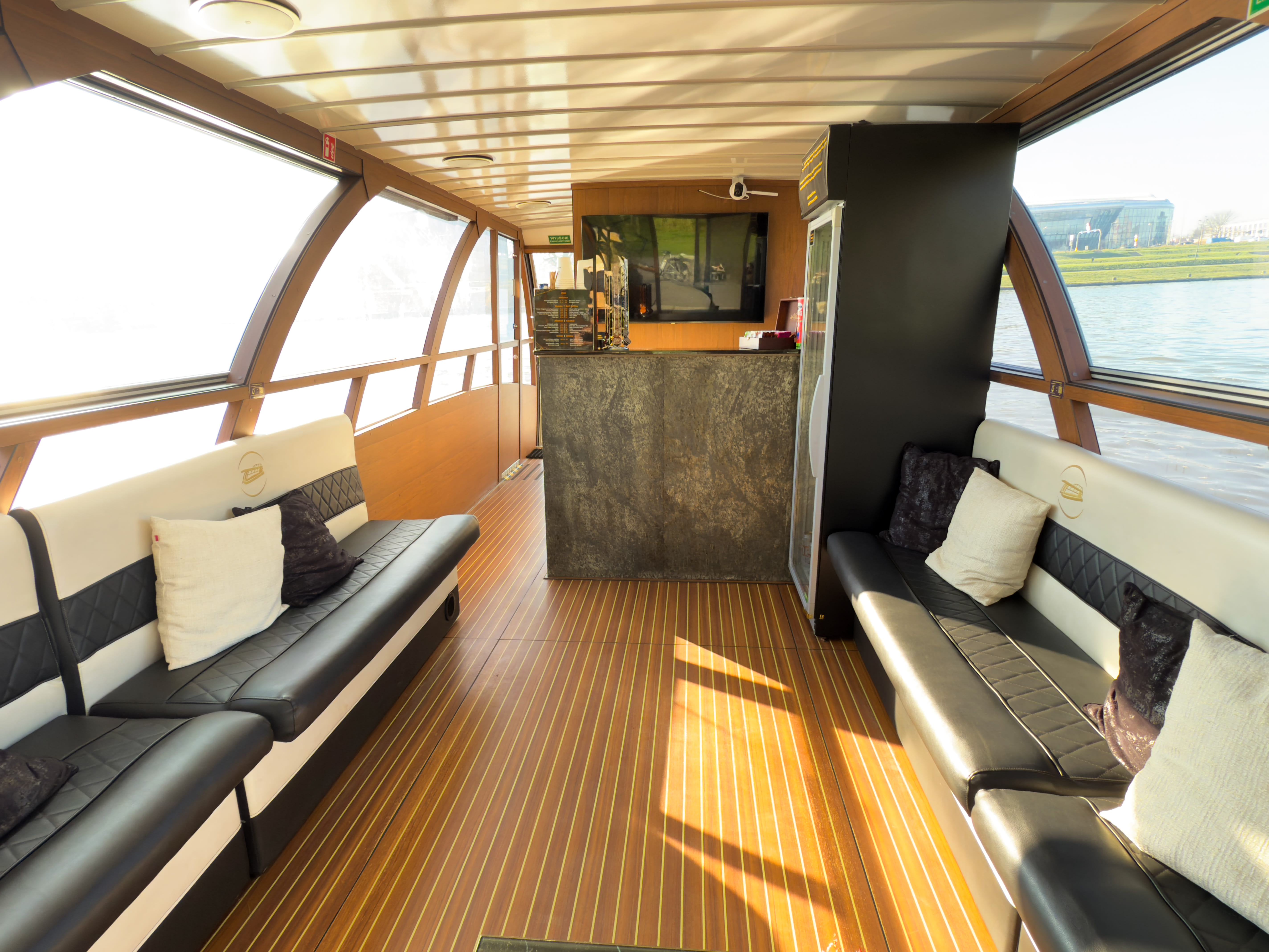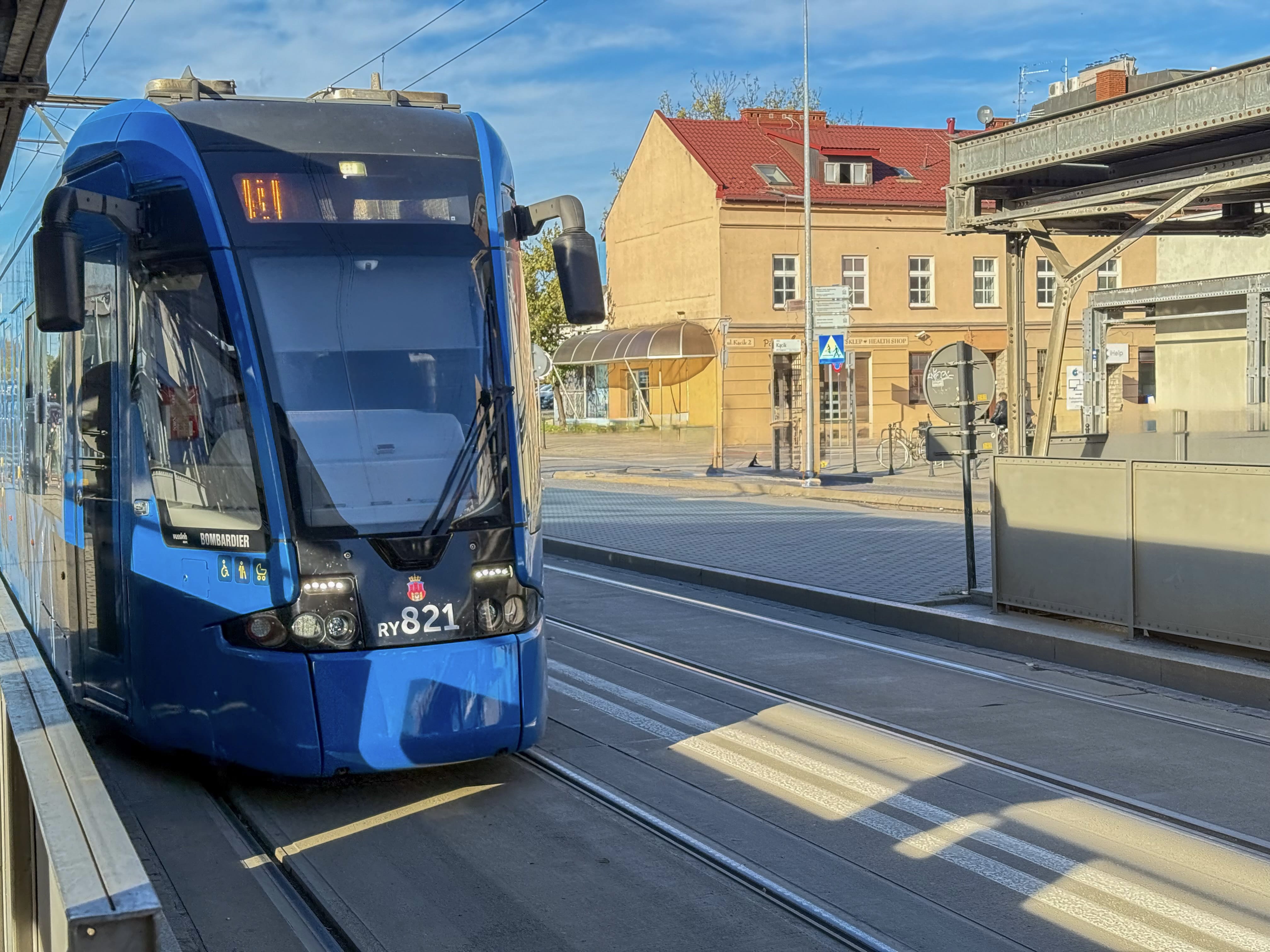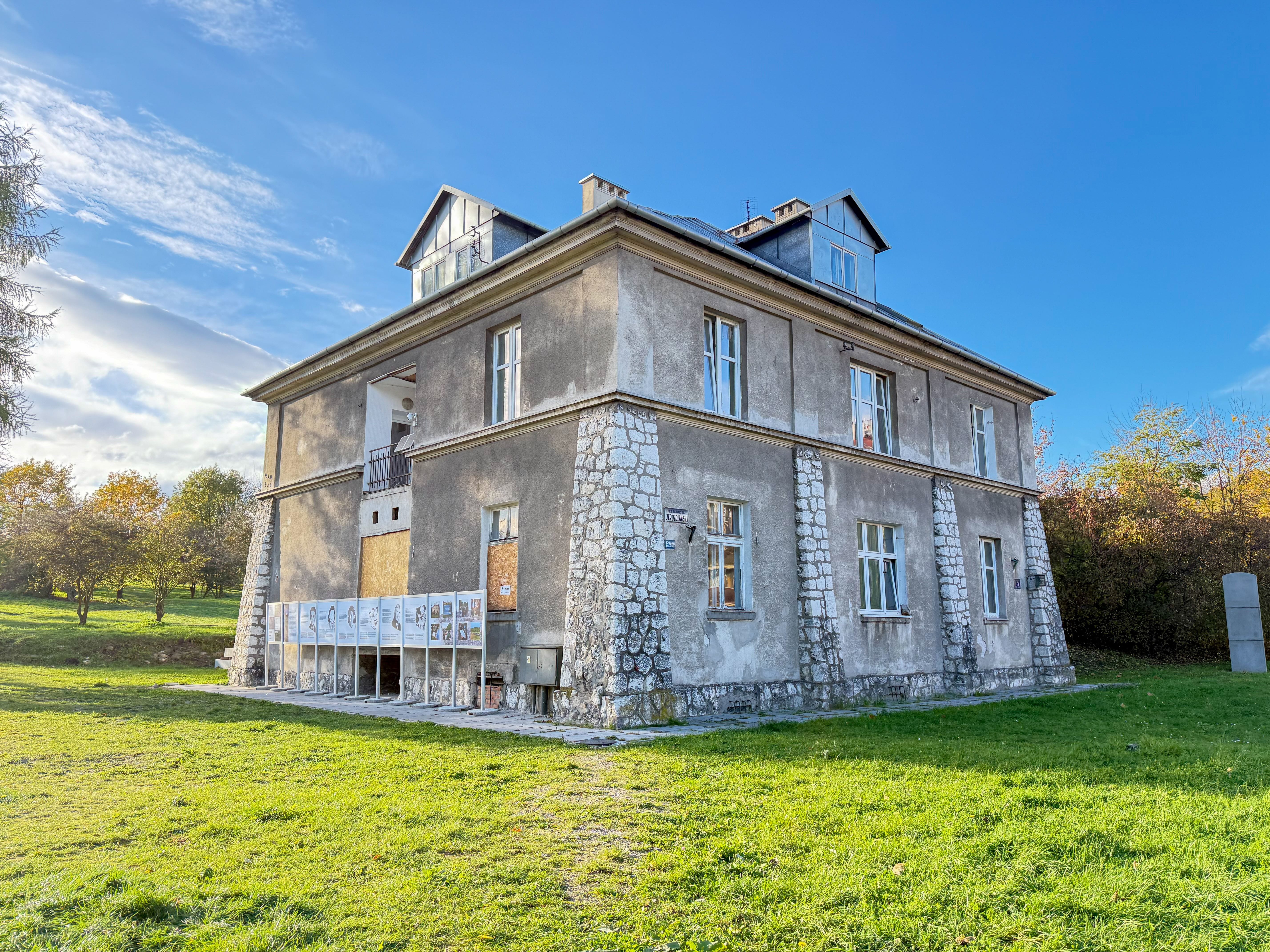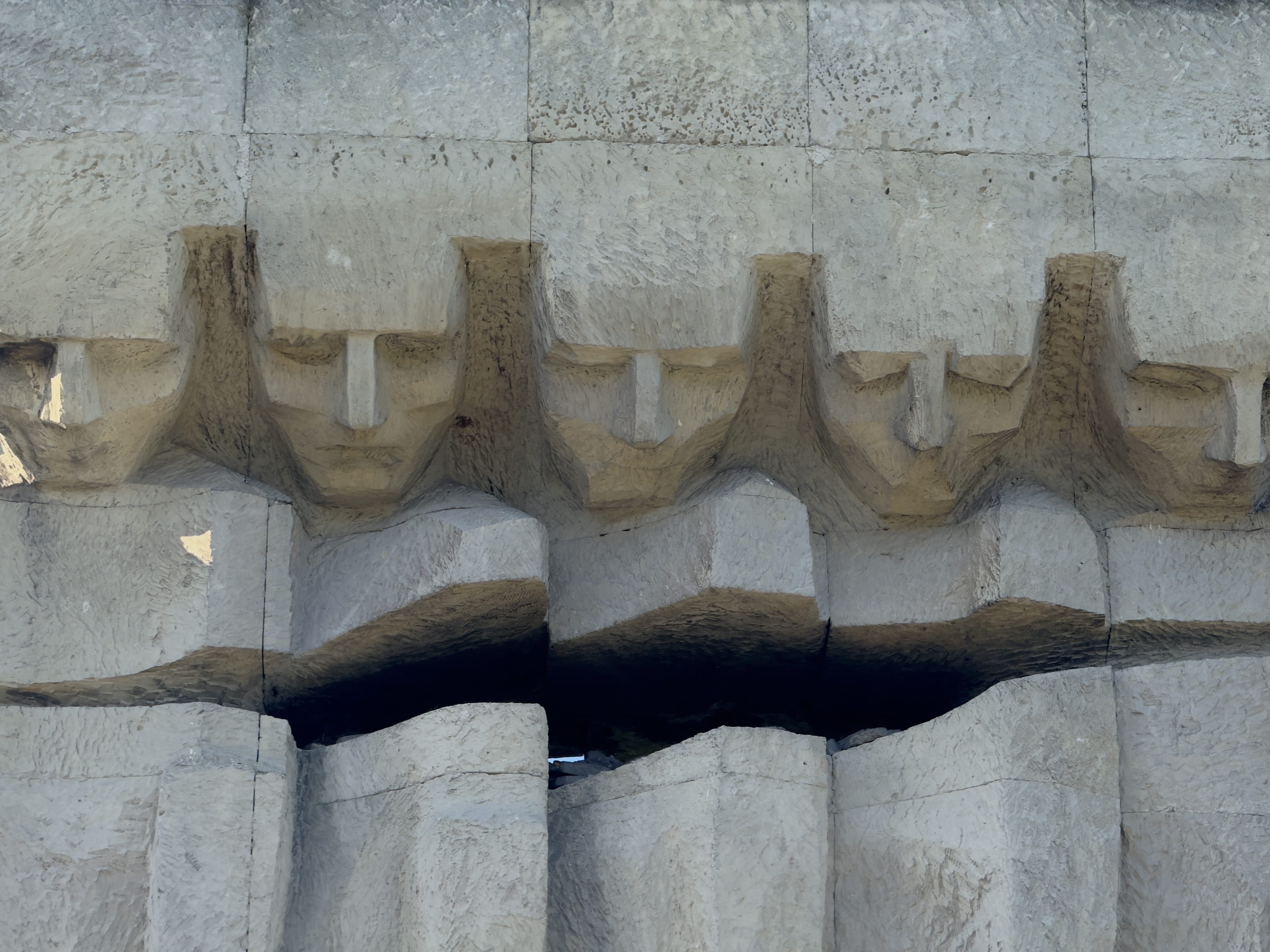Krakow: Cruise and Tour of Former Concentration Camp Plaszow
Begin with a relaxing Vistula River cruise, then visit the former Plaszow Camp with an expert guide—where history, memory, and reflection meet.
See Krakow from a new perspective as you cruise along the Vistula River. Relax on a modern, comfortable boat and enjoy panoramic views of the city’s most iconic landmarks. Then continue with guided tour, that offers more than knowledge. Unlike sites filled with preserved buildings, Plaszow Camp offers open ground, silence, and space for thought. With few physical remains, it is a place of memory rather than spectacle—an intimate setting to confront history, honor the victims, and reflect.
Highlights:
• Take a comprehensive tour of the Plaszow Concentration Camp
• Remember the victims of the Holocaust at the camp's memorials
• Learn about the life of Oskar Schindler and where the Schindler's List film was filmed
• Route paced for reflection, not rush
• Admire Krakow’s landmarks from a unique riverside perspective
Itinerary:
Vistula River / Cruise
Sailing on a catamaran on the Vistula River on a small one way cruise, you will get to know Krakow's monuments, visible from the side of the river.
Admire all the most important places in Krakow from the Vistula River. See Krakow from a new perspective as you follow the flow of the queen of Polish rivers.
Kosciuszko's Mound (Kopiec Kosciuszki) / Cruise
The Kościuszko Mound in Krakow, one of the five mounds located in Krakow, was erected in honor of Tadeusz Kościuszko - a great patriot and leader of the national uprising.
Monastery of the Norbertan Sisters / Cruise
Fortified like a castle, this mighty monastery, founded in the 12th century, was destroyed and rebuilt several times. The most important Krakow traditions are also associated with it: here, on Monday after Easter, the annual Emmaus festival is celebrated. Hence, the Lajkonik procession - the most important symbol of Krakow - sets off every June
Wawel Royal Castle / cruise
The limestone hill rising above the Vistula River is the former center of power, the legendary (associated with the mythical founder of Krakow and his descendants) and historical: princely, episcopal and royal. Wawel is a complex of castle and sacred buildings - a symbol of the city, but most of all a museum presenting the most valuable monuments of Polish material culture. Take a good look and you will also notice the silhouette of the famous Wawel dragon breathing fire towards onlookers.
Manggha Museum of Japanese Art and Technology / Cruise
The original, modern form of the building housing the museum of art and technology is perfectly seen from the river level. The wavy line of its roof is to refer directly to the waves of the Vistula River
Church on the Rock (Kosciol na Skalce) / Cruise
The baroque church of Saint Michael the Archangel and Saint Stanislaus on Skałka rises above the boulevards, right on the Vistula River, on a small hill made of white Jurassic limestones. The basilica is also a national pantheon (many distinguished painters, musicians and poets are buried here) and a library with priceless documents, books and incunabula.
Ghetto Heroes Square/ 15min / Walk by
After admiring the city’s landmarks, continue to Ghetto Heroes Square—once Plac Zgody, the heart of the Kraków ghetto and now a place of remembrance.
Plaszow Camp / 1h 45min / Admission Ticket Free
Plaszow Camp was created by the Nazi German occupiers in October 1942 on the grounds of two Jewish cemeteries in Krakow. It began as a forced-labor camp for Jews from the liquidated Krakow ghetto; from July 1943 it also held Poles in a penal-labor section. In January 1944 it was redesignated a concentration camp and, later that year, it also functioned as a transit camp for Hungarian Jews being sent onward to Auschwitz. Over its existence, more than 35,000 people were imprisoned here and around 6,000 were murdered. Executions took place at several sites within the camp; today mass graves and memorials mark the landscape.
On this guided walk your expert guide pieces the camp together from what survives: the Grey House, the ruins of the pre-burial hall, traces of the Jewish cemeteries, the roll-call square, and paths where fragments of gravestones were once used to pave roads. You will reflect at major memorials, including the Monument of Torn-Out Hearts, and learn how the camp was organized into living, hospital, administrative, and industrial sections.
An essential part of Plaszow’s story is Oskar Schindler. Through his enamelware enterprise he sought work permits for Jewish prisoners registered through Plaszow, shielding them from further transports; later, he organized their transfer to his wartime plant in Brunnlitz, saving over a thousand lives. His actions, remembered worldwide, are inseparable from the history told here.
Endpoint: Henryka Kamieńskiego 57, 30-644 Kraków, Poland
ENG Contact Number: +48 727 001 040
(Phone, WhatsApp, Telegram)
You may also be interested in
Check out our reviews







